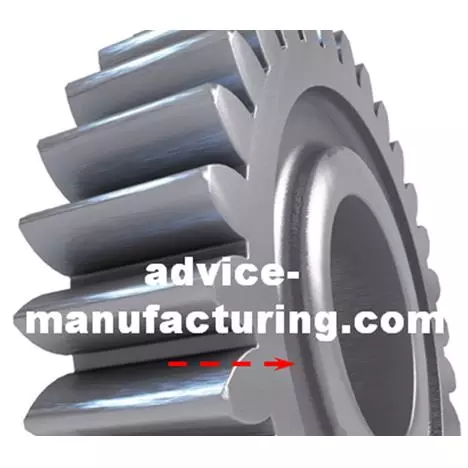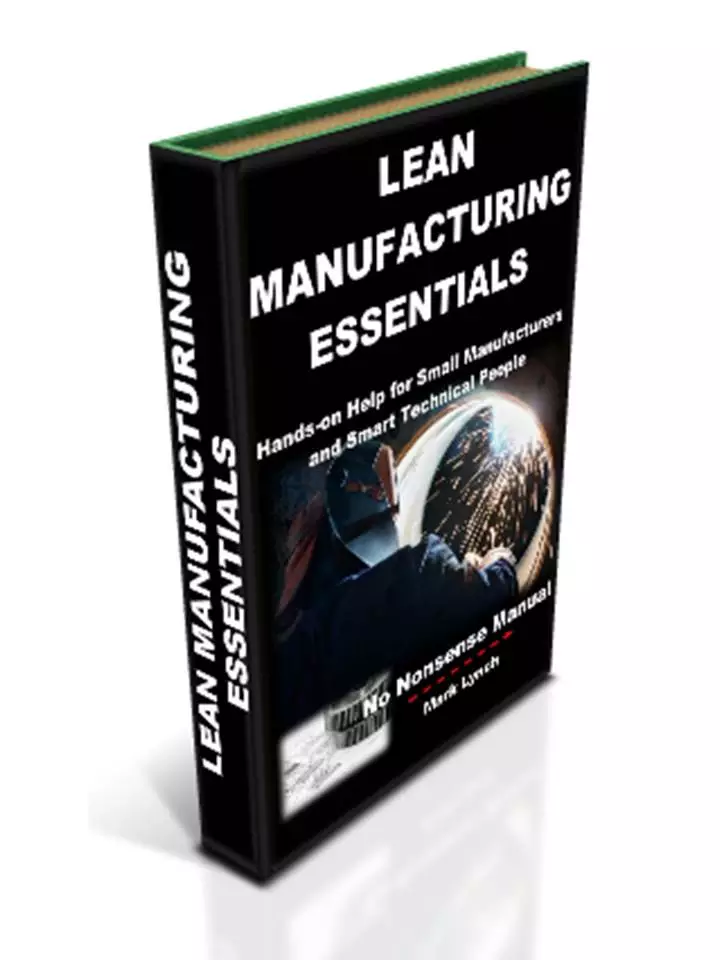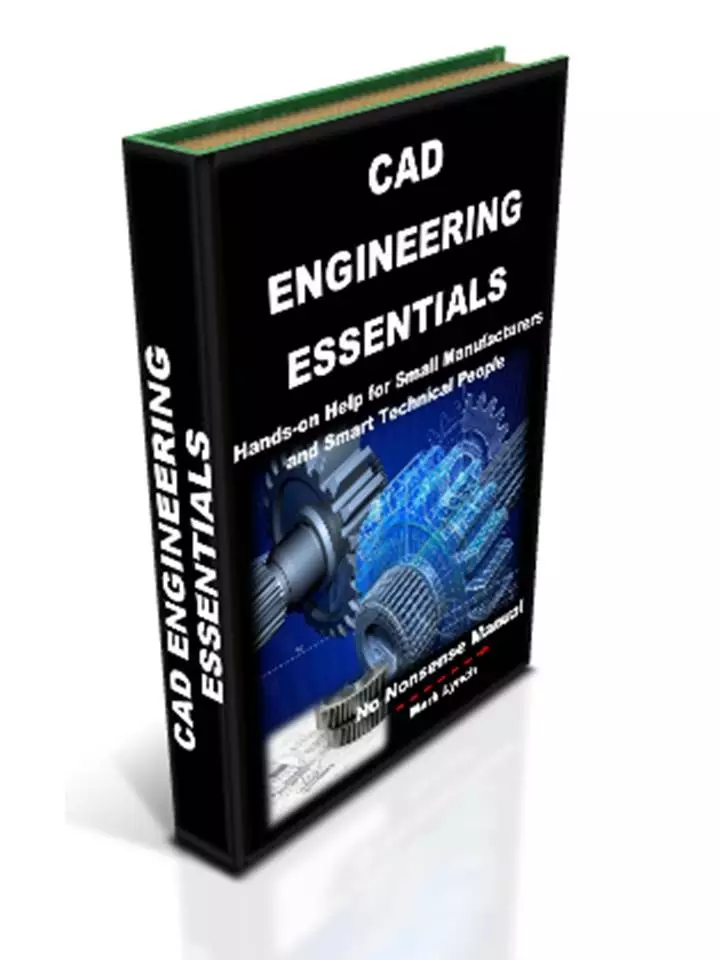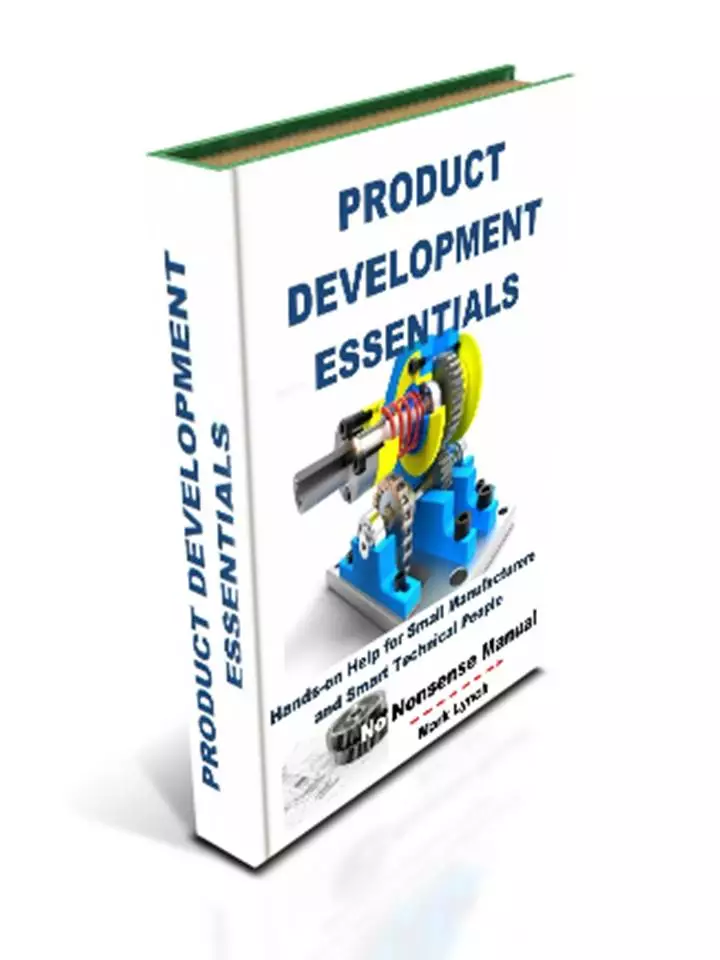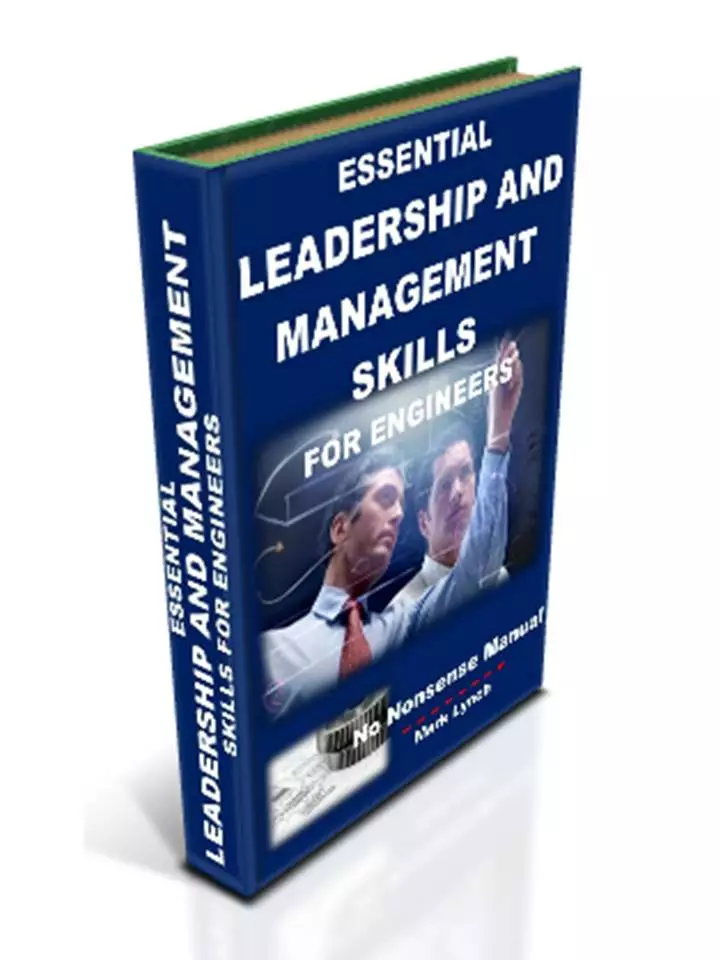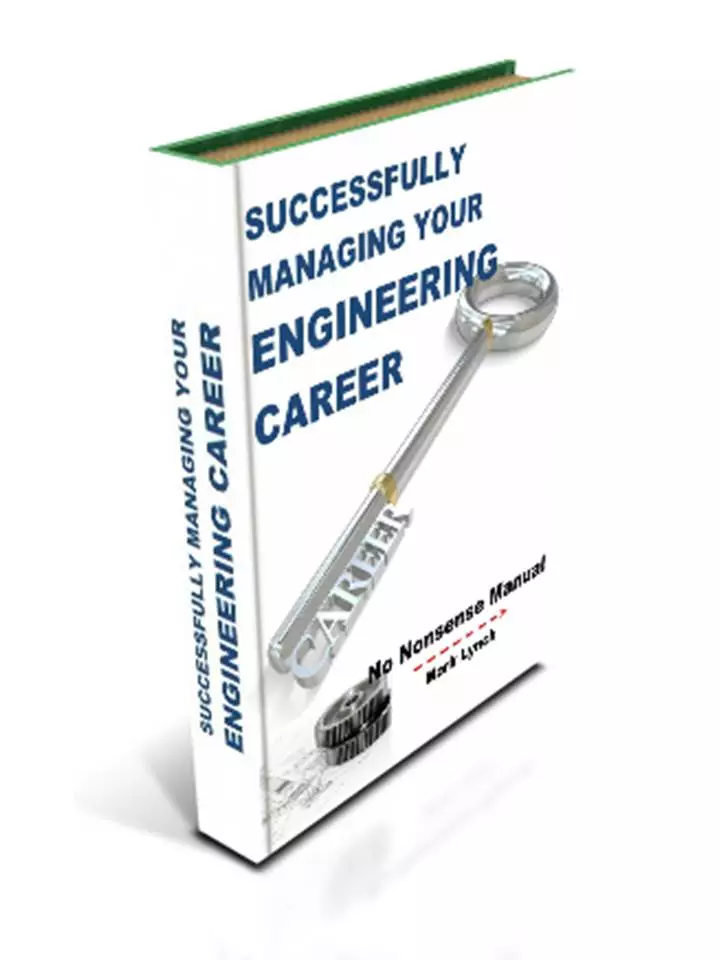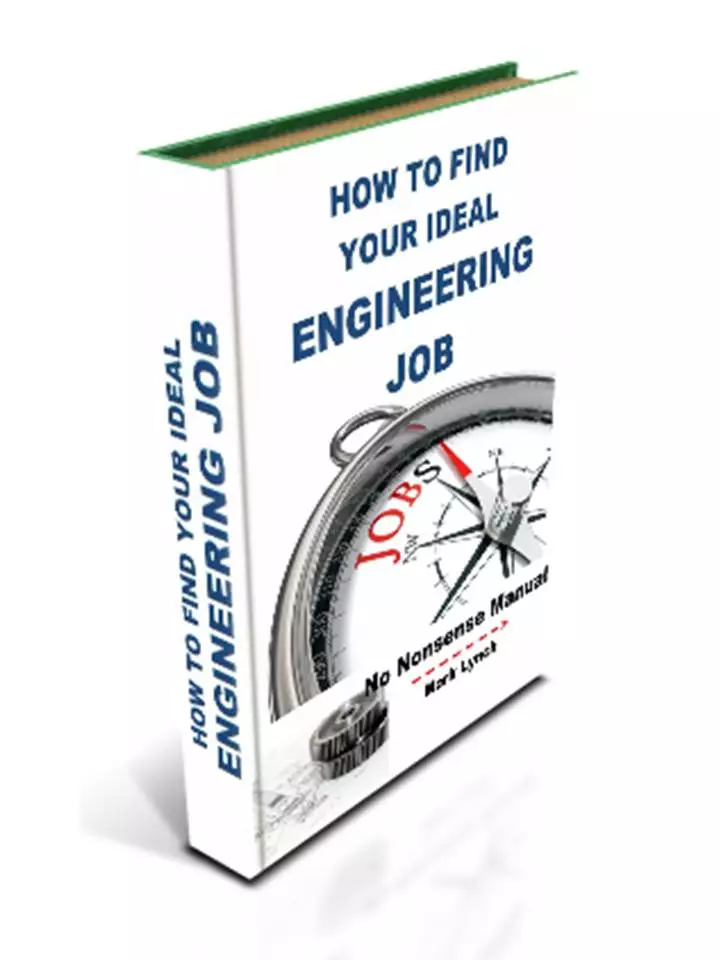'Hands-on Help for SMEs' and Smart Technical People'
Product Development Action Plan2
Making it Happen 2
Product Development Action Plan
Product Development Essentials for Engineers
Making it Happen: Product Development Action Plan2 continued...
5
Specification and Requirements
The Specification sets out a list of requirements necessary to successful guide the development process and delivers products which are fit for purpose. Specifications may include performance and user requirements too. Cost, quality and lead-time are also common requirements. Well written specifications should be clear, containing only essential helpful information. Keeping the specification succinct also helps minimises development activities and therefore lead-times and costs. The document should also be tailorable, depending on the complexity of the product.
The details contained in the specification assist engineers at each stage of product development and should be agreed by the customer and supplier. This may form part of a contractual agreement. Specifications may include references to standards, which themselves may be international, national, industry or business-specific. Systems engineering is an interdisciplinary approach often used to develop more complex engineering projects. Requirements capture, fundamental to many specifications, is a key part of systems engineering. As are verification and validation which ensure the design is fit for purpose.
6
Concept Design
The Concept Design stage encompasses a number of phases. These include generating ideas, followed by concept screening; next the remaining designs may be developed and tested. Ideas may come from a wide variety of sources, both from inside the business and from a range of external areas. The process of idea or concept generation can be very productive, if organised and structured.
Techniques during preparation, like SWOT and PESTLE analysis can be used, together with methods to stimulate ideas such as assembling various objects and literature. Other creative thinking tools and techniques exist, as do methods such as TRIZ, brainstorming and brain-writing. Once you possess a range of concepts, the next stage is to evaluate and screen the ideas. Concept screening looks at reviewing the ideas against the specification and market research.
Depending on the nature of your business, try testing your best concept(s) with a trusted sample of customers or a focus group for invaluable feedback. This will enable a more purposeful effort for the remainder of the product development process.
7
Embodiment Design
Embodiment design involves applying more detail to the concept, further developing it and starting to think about more specific engineering considerations. This phase is essentially about understanding the separate functions the product must perform, followed by identifying the assemblies or modules necessary to achieve those functions. Embodiment design considers the purpose, position and geometry of the product assemblies. Additionally, interaction and integration between these modules are also thought through.
Some engineering businesses also undertake analysis and modelling to demonstrate if the arrangement of the product assemblies will work. Information and considerations about each product module can start to be listed here. These may include descriptions of functions, costs, overall sizes etc. Likewise, this is the time to start thinking about module interfaces and integration. At this stage, it is worth reflecting on some of the theory, good practice and advantages of modular design. Use diagrams if necessary to keep design thinking clear and uncomplicated.
8
Detailed Design
Detailed Design is perhaps the most intense stage of the product development process. Here, design engineers work out in detail, all aspects of the product, determining how each module will work and interact. Technical solutions are developed to meet the user and performance requirements set out the specification.
Detailed design may also involve research, analysis and rigorous testing, to ensure the proposed solutions meet the specification criteria. Engineers and technicians are involved from disciplines across the business, as well as potentially industrial suppliers and external experts.
Activities vary significantly, depending on the complexity of the product and the industry sector. This stage may involve the following; computer aided engineering and design, tolerances and fits, materials and manufacturing processes, outsourcing, as well as design standards. Additionally it may include engineering analysis, research and investigation, prototyping (including working with your hands) and finally product testing.
Detailed Design is perhaps the most involved part of the product development process, with probably the most at stake. It is also the stage most Design Engineers have a genuine passion for. It produces tangible results, as concepts finally take physical shape.
9
Engineering Design for Manufacture and Assembly
Having been involved in the detail design of the product, the next stage is to gear up for production. Initially, this includes refining the design to ensure the product can be manufactured as economically and efficiently as possible. Refining the design and preparing it for production can be achieved with structured approaches like Value Engineering (VE) and Value Analysis (VA).
VE and VA are essentially about increasing the value of a product, either by improving its function or reducing its cost (or both). Additionally Design for Manufacture and Assembly (DFMA) techniques are also geared to delivering cost and time savings or increased quality. These useful methods can be applied to components, assemblies or whole products. Simplification and minimization are central themes.
Following on from this, practical matters for production need to be established. These include organising, setting up and instructing employees and suppliers. Resources can be assigned once these considerations have been clarified.
The Detailed Design stage can produce a range of technical documents and data, to facilitate smooth and economic manufacture and assembly. These include technical drawings, CAD and CAM data, as well as BOMs, production data and post-production information for maintenance and servicing. Finally, production and manufacturing engineers help prepare and plan for the start of actual production.
10
Product Launch and Process Review
The launch of your new product will require effort, resources and a well thought out plan. Again, depending on the nature of your product and your industry sector, typical product launch practices will vary. Useful ideas and considerations to get the message out include targeted advertising, joining trade associations, as well as exhibitions. Alternatively specialist marketing and advertising businesses can assist small manufacturers. They bring professionalism, experience and expertise to a part of the development process engineers are traditionally less assured with.
Lessons learned sessions should be held at the end of the product development process. They don’t have to be long or arduous and are good investments of time. Here the cross-functional team review how the process unfolded, and compare this against the original plan. What went well? What went badly? What would you change?
Make sure lessons are learned and captured, so they can be accessed and influence future development projects. Use the knowledge gained in this project to refine future plans, process stages and other aspects of technical projects. Use the expertise gained to shorten the development cycle.
Continuous improvement includes feeding back good ideas and refining the product through engineering change orders. Finally, at the end of the product development process remember to celebrate – big time! Show your gratitude, demonstrate your appreciation and raise morale.
Product Development Action Plan2
Next... Making it Happen: Product Development Action Plan 3 (Point 11)
Back to Product Development Essentials
